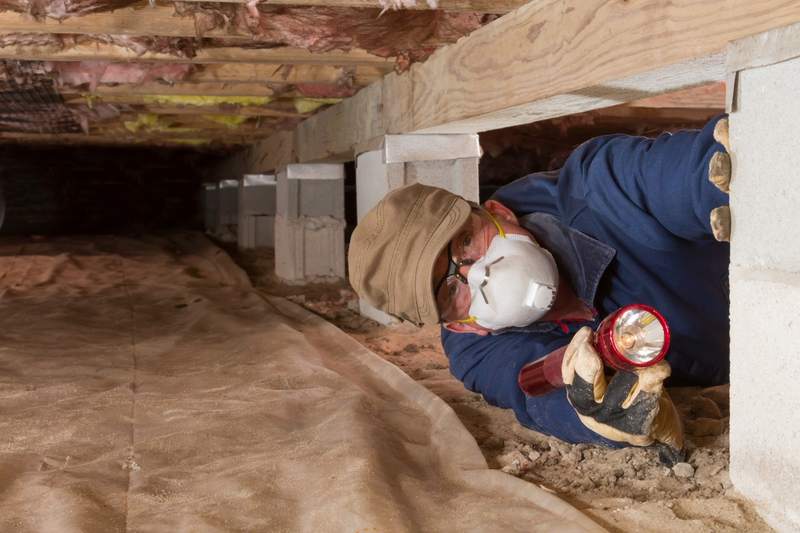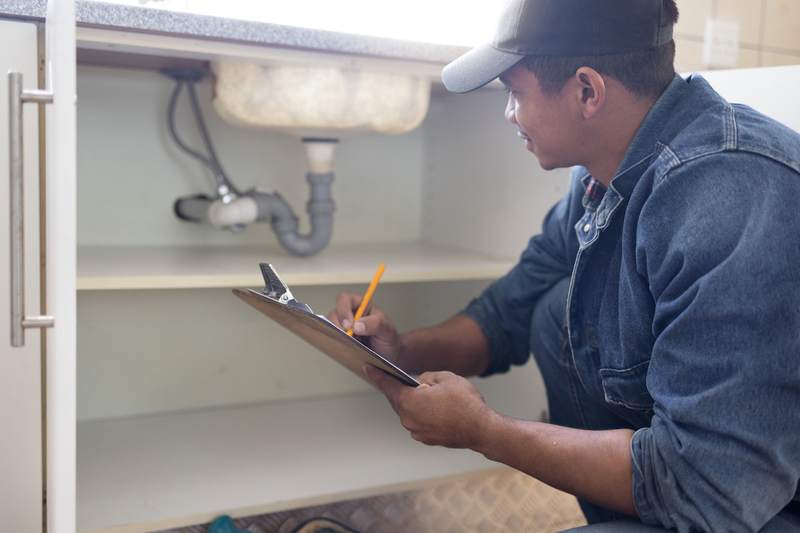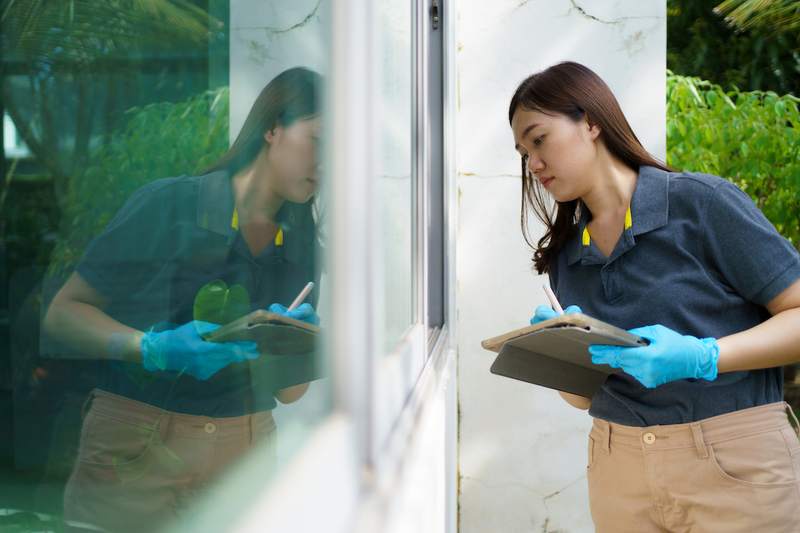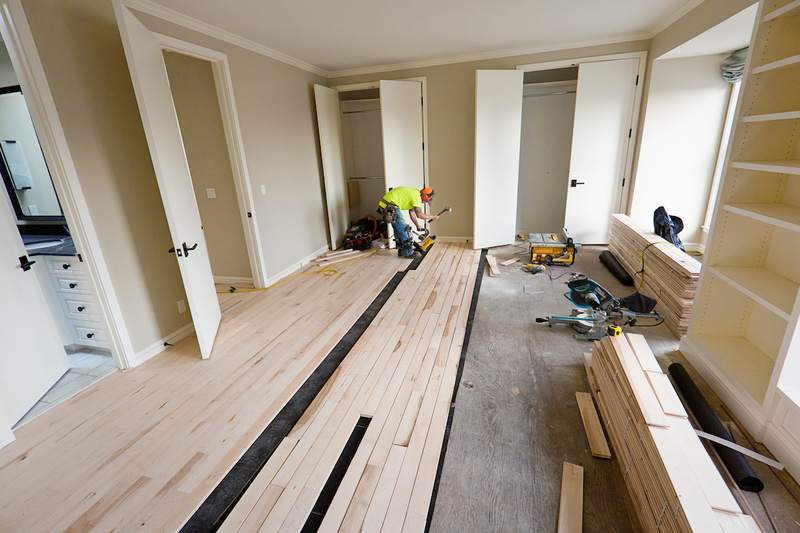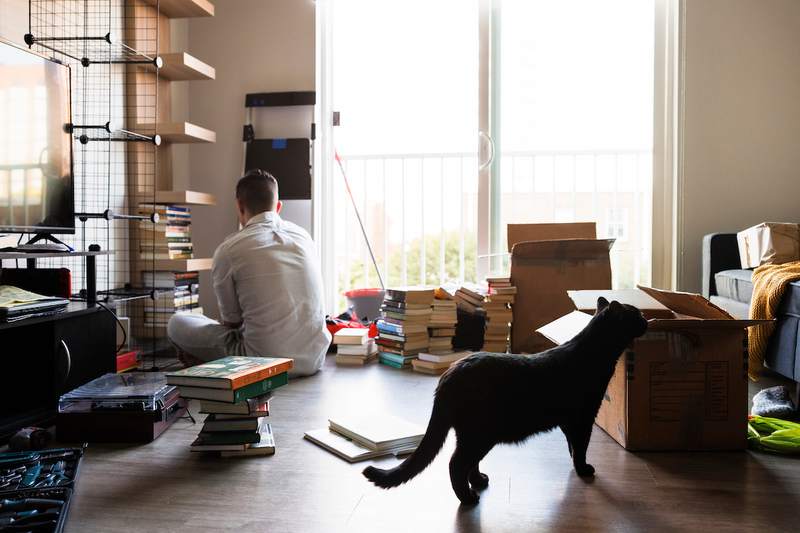
The idea of packing up everything you own and moving it to a completely new place can feel incredibly daunting. A project of that magnitude is going to take a considerable amount of time and energy — and you might not even know where to start.
The right preparation can make all the difference in ensuring that your move goes as smoothly as possible. Here are some helpful packing tips for moving into a new home.
1. Get Ready To Pack
A great place to start is by making a to-do list of all the tasks you’ll need to check off to get prepared. The whole process will seem less overwhelming once you’ve broken it down into manageable parts. Here are some suggestions:
- Set a timeline.
- Purge your closets and declutter each room.
- Figure out what needs to be packed.
- Choose and book a moving company or truck rental.
- Buy supplies.
- Determine the order that you’ll pack in.
Take the time to decide which items you’ll be bringing with you, and which you’ll be selling or donating. Make a list of the larger, heavier pieces that might require more care and assistance. You can also make a list of which items can be packed in advance, and which will need to be packed closer to moving day.
2. Gather Packing Supplies
You need to budget for all the packing supplies required for the move. Boxes tend to fill up fast, so don’t be surprised if you wind up needing more packing supplies than you initially expected.
Speaking of boxes, the classic cardboard box is the traditional choice for movers. However, reusable plastic bins have increased in popularity in recent years because they are water-resistant and can protect your belongings better than cardboard. Reusable plastic bins also are more sustainable and can hold heavier objects.
Some packing supplies you should expect to need include:
- Boxes or bins.
- Packing tape.
- Bubble wrap.
- Packing paper.
- Plastic bags (for smaller items).
- Labels.
- Markers.
- Scissors.
- Tools (to disassemble and assemble furniture).
- Large trash bags.
- Moving blankets.
- Mattress covers.
- Furniture pads.
- Cleaning supplies.
“Have a move notebook ready,” says Nicole Gabai, a professional organizer and member of the National Association of Productivity & Organizing Professionals in East Falmouth, Massachusetts. “Choose a bright color so you can spot it across a room and in your suitcase. Also, have lots of Sharpies on hand.”
3. Choose a Strategy
You need to decide whether you’re going to hire movers or handle it yourself with family or friends. Hiring professionals is more expensive than renting a truck and doing it yourself, but it’s also much less labor and time intensive. For example, U-Haul truck rentals can cost as little as $19.95 per day. According to Forbes, the national average cost of hiring movers is $1,400, but that number can vary depending on the amount of things you need moved and where you’re moving to and from.
“Choose unlined, 3-hole punched notebook paper on which you will write the numbers of each box you want to keep track of and those you prefer to keep in storage,” Gabai says. “Be sure to number each box on all four sides as well as on top. When these are all stacked up in your new home, you can only see the sides.”
There are moving services that will also pack up your belongings, move them to your new home, and then unpack for you — though this adds to the total cost. According to HomeGuide, the average cost of just packing up a two-bedroom home is $280 to $1,000, while a three- or four-bedroom home typically costs anywhere from $1,000 to $2,500.
“If you are having someone pack for you, ask them to make a brief list of the contents of each box on a piece of white paper and tape that on top of each box,” Gabai says. “You will then be able to follow them around, place your numbering system on the boxes, and put the contents on your inventory sheet. This is separate and different from a mover’s content list. Plus, movers move really fast, and you want to take your time so you have a helpful inventory sheet.”
4. Declutter
If you’ve been living in your home for a while, then chances are you’ve accumulated a lot of stuff. Moving can be a good opportunity to take stock of what you have stored away in your closets and drawers. It’s also a chance to get rid of the things you don’t need anymore that won’t be worth taking with you to your new home. That way, you reduce the total amount of things that need to be moved — which can save you time, energy, and money.
5. Start With Unused Items
It’s highly unadvisable to wait until the last few days before the move to start packing. At the same time, you’ll still be living your daily life while boxing things up.
You’ll need access to your clothes, towels, toiletries, kitchen utensils, and more — but there are other items you don’t use as frequently that you can pack early. This includes photos, art, books, collectibles, extra bedding, and your off-season wardrobe. Packing up these belongings in advance can help you get an early start on your move and make the process less rushed and chaotic.
6. Room-by-Room Packing Tips
There will be different considerations when it comes to packing all the different rooms in your home. Here are some helpful tips for how to pack every room in your home.
“On top of each box, clearly mark in big letters the destination of each box,” Gabai says. “That’s what movers need to see quickly as they unload the truck.”
Living room
Living rooms often have some of the largest pieces of furniture that will require extra consideration. Some pieces, like sectionals, can be disassembled, while other items — like sofas and tables — may have to be moved in one piece. If you’ve ever moved a couch through a small doorway and then up or down a flight of stairs on a hot day, then you know it’s no cakewalk.
For some people, the idea of moving their living room is what inspires them to hire professional movers. If you decide not to, then make sure you have help from some pals to move the furniture safely without breaking anything or scuffing up the walls.
Kitchen
Your kitchen has a lot of items you’ll be using right up until moving day — think plates, silverware, and glassware. Many of these items are more fragile and will require more care and padding when you pack them up.
Other kitchen items that you don’t use all the time can be packed in advance. For example, you probably won’t absolutely need to use all of your small appliances — like a slow cooker or air fryer — in the final few weeks before moving.
Dining room
Your dining room is another space that likely has some large furniture pieces — namely the dining room table. On the bright side, dining rooms tend to be more straightforward and easier to empty because they don’t contain as many items. Wrapping up the dining room table and chairs with bubble wrap, furniture pads, or moving blankets in advance can help take the pressure off on moving day. In the meantime, you can eat your meals in the kitchen or living room.
Bedrooms
The bedrooms may contain two of the other heaviest and bulkiest pieces of furniture in the home: beds and dressers. Many bed frames can be disassembled into more manageable pieces. This can be trickier to do with dressers, though it helps to remove the drawers and move them separately.
You’ll also want to buy a few mattress covers so your mattresses don’t get dirtied in transit. Decluttering your drawers and closets and donating what you don’t use can help simplify the move as well.
Bathrooms
Bathrooms tend to have smaller items used for bathing, hygiene, and beauty. While you may need your toothbrush, shampoo, and hair products until moving day, you likely have other items — like perfumes or a curling iron — that can be packed in advance.
Packing up the bathrooms can take extra time due to the number of small items that are fragile and breakable. In addition, there may be more items that can leak and need to be sealed securely — like bottles of fragrances, lotions, and oils. Consider using a toiletry bag for many of these types of products.
Garage
Your garage may have some of your more wild-card possessions, ranging anywhere from storage boxes to paint cans to bicycles to the lawn mower. It’s a space that can take longer to pack because you’ll need to consider the right packing supplies for each type of item.
The good news is that you can get a head start on packing. Many of the things in garages are seasonal or only used for specific purposes.
Moving day hacks
In order to make moving day go as smoothly as possible, try not to leave anything to the last second. Here are some tips on how to make moving day a smashing success:
- Use paper plates and cups so all glassware and dishes can be packed.
- Pack a cooler for the day.
- Have paper towels and cleaning supplies handy.
- Have cash on hand to tip your movers.
- Have water and snacks for your movers.
- Fully charge your phone.
- Wear comfy clothes.
- Do a few final walk-throughs.
Gabai also recommends that you pack a first-night box containing the items you’ll need at the end of moving day but before you’ve had a chance to unpack. This can include your bed linens, pillows, and toiletries, and a small lamp with a bulb.
“Be sure to pack anything else you would need to make your first night as comfortable as possible,” Gabai says.
7. Tips for Unpacking at Your New Home
Once you get all your things to your new home, the work isn’t over yet. Unpacking can be a whole project of its own — but it’s easier when you go into it with a plan.
Here are some unpacking hacks to keep in mind before you get started:
- Have a plan. Don’t just tear through the first boxes you encounter. Employ a strategy, whether it means unpacking by room, size, or importance.
- Start with the essentials. This is where that first-night box comes in handy. First unpack the things you need most during your first 24 hours in the home.
- Prioritize the kitchen. You’ll want to make sure you have what you need to make snacks and meals — particularly after a long day of moving.
- Take your time. While you may be eager to get settled in, it’s nice to pace yourself and enjoy the process of making this new space a home.
FAQ
Here are the answers to some frequently asked questions about packing your home for a move.






